Do you cringe when reviewing soundproofing price estimates, wondering why something as basic as a quiet space costs so much?
In reality, several complex factors align to drive the steep rates – from specialty supplies to intricate labor and niche industry forces.
Let’s dive into the multi-layered reasons behind soundproofing’s surprising budget impact so you can set informed spending expectations.
Why Is Soundproofing So Expensive?
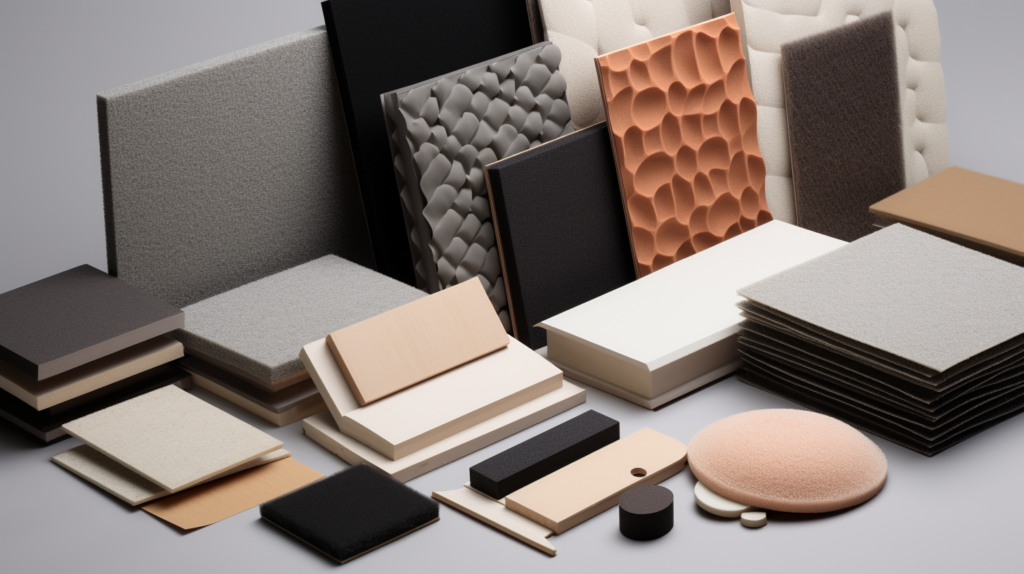
When you first start researching soundproofing projects, you may experience sticker shock at some of the price tags.
Specialty acoustic materials, extensive custom labor, niche industry dynamics, prioritization of function over form, and the sheer size of rooms all contribute to exceptionally high costs compared to standard remodeling jobs.
This guide breaks down each of these key factors in detail, providing context around the investments required to effectively block noise.
Specialty Soundproofing Materials Are Costly
Sound waves can penetrate through the tiniest gaps and openings with little resistance.
Limiting noise transmission requires dense, engineered materials designed specifically for acoustic isolation. These specialty products come at a steep price premium.
Supply and Demand Dynamics Enable High Pricing
Soundproofing materials serve a tiny niche market compared to mainstream building products like drywall or insulation.
Without broad consumer demand, manufacturers cannot produce materials at scale to reduce pricing.
The lack of large-scale production combines with low competitive pressures to create an environment where companies can charge higher profit margins.
These supply and demand dynamics maintain the high price points seen across specialty acoustical products.
Special Engineering Adds Expense
Additionally, the advanced engineering behind high-performing soundproofing supplies adds several cost layers compared to conventional building materials.
Compounds like mass loaded vinyl utilize heavy viscoelastic polymers to impede noise.
Meanwhile, acoustical insulation leverages fiberglass padding with air pockets expertly tuned to absorb specific sound wave frequencies.
The research, development, and precise production processes required to create these scientifically-formulated materials inevitably translate to higher retail costs.
Custom Labor Is Extensive and Expensive
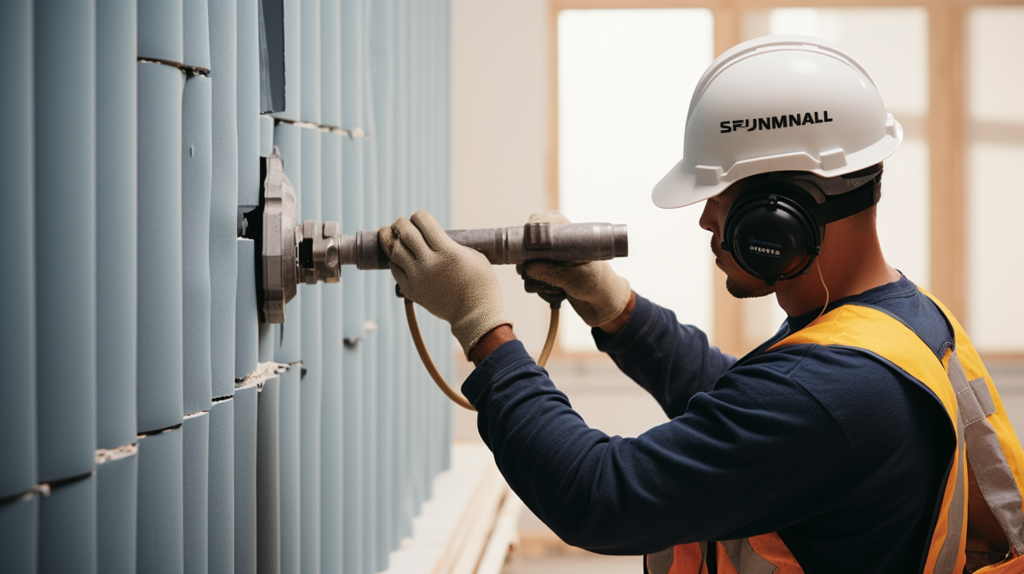
While the price of materials plays a major role, labor costs also account for over 50% of total expenses in many soundproofing projects.
Tailoring solutions to address the unique noise leakage points in each space calls for extensive custom work from skilled technicians.
Identifying Weak Points Takes Time and Skill
Before construction can even begin, contractors conduct in-depth sound tests across multiple room surfaces.
Determining noise infiltration weaknesses through extensive sound mapping provides crucial insights that inform treatment plans.
But this time investment is also costly. Moreover, analyzing acoustic diagnostic results requires specialized expertise to pinpoint root causes and devise targeted soundproofing recommendations.
Proper Installation Has Steep Learning Curve
Physically installing sound dampening measures also proves more complex compared to basic cosmetic renovations.
Correctly applying mass loaded vinyl so seams bind completely seamlessly takes practice.
Additionally, constructing new staggered stud walls that alternate overlapping framing requires meticulous attention to structural integrity.
This work depends on experienced subcontractors familiar with best practices for optimal noise containment.
Errors that compromise noise reduction mean more expensive rework to achieve acoustic isolation goals.
Niche Soundproofing Industry Limits Price Reductions
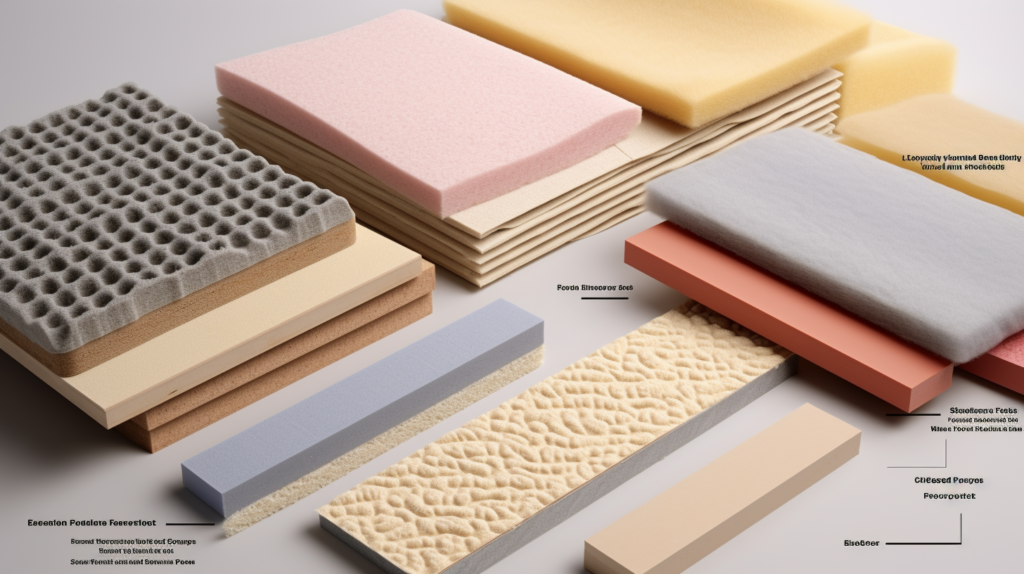
In addition to custom labor expenses, the niche nature of the soundproofing business limits levers to reduce costs through competitive economies of scale.
With demand centered on a small subset of consumers prioritizing acoustic environments, market conditions simply do not exist to support mass manufacturing and commoditization.
Additionally, competitive pressures that might otherwise organically bring down prices are absent.
These market dynamics surrounding the soundproofing industry enable companies to maintain higher profit margin expectations.
Low Overall Demand
Mainstream construction needs like weatherproofing, lighting, compliance with building codes or remodeling for visual curb appeal fuel high product volumes and lower consumer pricing through scalable output.
Soundproofing, while invaluable for certain home and commercial settings alike, appeals to a much smaller cross-section of customers.
Without the widespread need inherent across fundamental shelter and renovation projects, materials manufacturers cannot take advantage of economy of scale savings as overall output remains limited.
Lack of Commoditization
Additionally, the specificity around custom sound dampening solutions for rooms of all shapes and sizes makes it challenging for any one product to emerge as a commodity.
For example, it takes combinations of various materials like acoustical insulation, resilient channels, soundproof drywall, sealing products and more to holistically address noise issues in residential and commercial spaces alike.
This reliance on comprehensive toolkits versus mass adoption of a single building block material further restricts market maturation and downward pressure on pricing.
Aesthetics and Visual Appeal Are Not Priorities
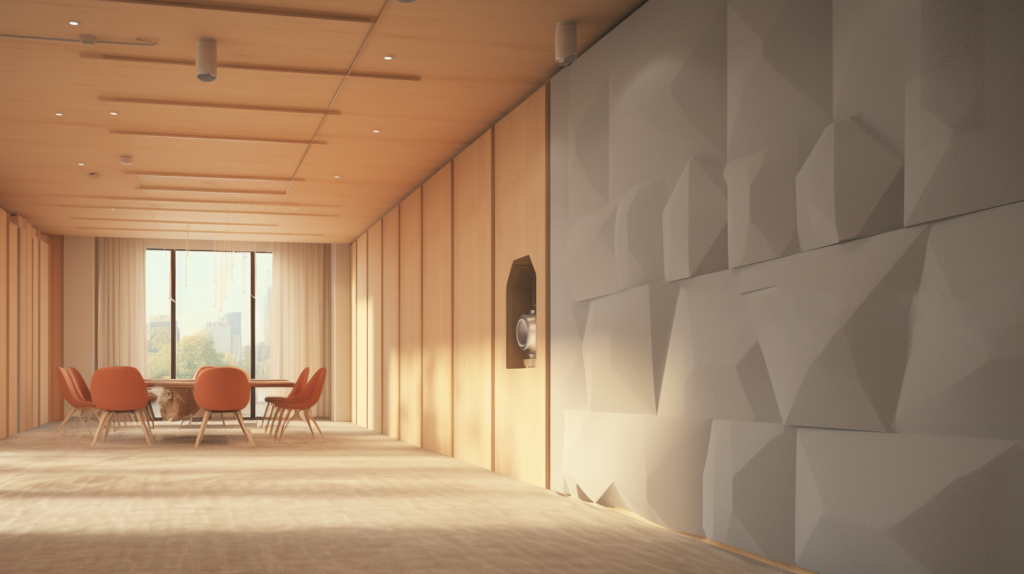
Another factor behind the heavy price tags on soundproofing relates to appearance – rather, the intentional lack thereof.
Materials used predominantly for noise dampening make zero pretenses about enhancing visual elegance or architectural appeal.
As functionality reigns supreme, materials pricing aligns strictly with acoustic performance rather than aesthetics. Any decorative add-ons would drive up costs without improving sound containment.
Focus on Acoustic Value Engineering
Take soundproof drywall for instance.
While this specially constructed gypsum board contains dense rubber and other layers to block noise, the aesthetic result remains identical to conventional drywall sheets.
Manufacturers concentrate engineering efforts exclusively on noise containment, avoiding any unnecessary expenses around upgrading visual appeal.
This uncoordinated, almost industrial appearance across soundproofing materials echoes the prioritization of utility and cost-effective function over form.
Decor Comes at Added Expense
Certainly those customers also hoping to integrate aesthetic improvements as part of their soundproofing projects can accommodate decor goals.
However abundant material and labor expenses would accompany any such cosmetic upgrades.
For instance, installing decorative wall panels or framing overlays over the engineered noise dampening materials would require supplementary purchases, construction work and professional decorators.
Since beautification goes above and beyond core acoustic isolation purposes, these additions understandably bring added costs absent from pure function-based sound containment solutions.
Bigger Rooms Mean Bigger Budgets
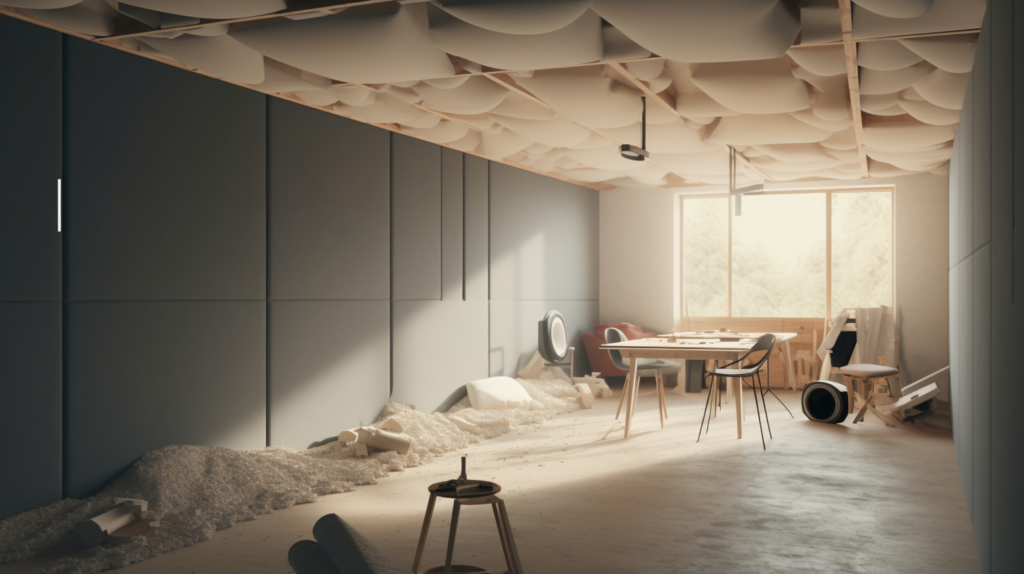
One of the most impactful variables on the total price tag for soundproofing relates directly to the size of the space involved.
Material and labor costs both scale up dramatically for larger rooms depending on their noise containment challenges.
Even seemingly incremental dimension increases can bump projects into higher pricing tiers based on square footage thresholds.
Having accurate room measurements proves critical for setting realistic budgets when evaluating acoustic environment improvement options.
Material Expenses Accumulate
On the materials front, costs add up quickly when purchasing specialty acoustic supplies like soundproof drywall, damping compounds and insulation in bulk.
While small rooms may require only a dozen sheets of drywall for example, a spacious home theater or commercial conference room could necessitate triple or quadruple that amount.
Storage space for materials can also become a consideration for substantially sized project volumes, occasionally resulting in added delivery fees as well.
Custom Techniques Magnify Workload
Moreover, larger spaces often come with their own set of soundproofing demands based on room layouts. For example, a long narrow corridor may permit noise to easily echo and travel. Alternatively, a wide open restaurant risks noise flowing freely without obstructions. Custom solutions like floating ceilings or structural sound barriers help contain sounds within these acoustically challenging areas. However, these specialty techniques carry steeper price tags in both material costs and professional installation fees.
When evaluating budgets for sound dampening upgrades, understandably the scale of rooms correlates closely with overall costs.
A space measuring approximately 400 square feet could range from $3,920 on the low end to almost $8,000 for comprehensive noise treatment.
Contrast that with a modest 100 square foot room spanning anywhere from $1,370 to upward of $3,000.
Carefully calculating the exact size of your space provides an initial gauge for setting reasonable cost expectations.
Conclusion
After reviewing the multi-faceted factors explored in this guide, the hefty price associated with soundproofing makes more sense.
specialty materials, custom labor, niche industry dynamics, functionality over aesthetics and sheer project size all work together to drive overall costs upward.
While enclosing noise certainly comes at a premium, the benefits of peaceful, distraction-free spaces present compelling incentives as well.
Now equipped with a deeper understanding around the investments sound isolation requires, you can determine suitable budgets.
Bid collection, contractor selection and project planning further solidify realistic pathways toward finally curbing frustrating noise issues.
Through informed evaluation of cost considerations combined with skilled project execution, tranquility awaits within even acoustically challenging spaces.
